Hey Corey…I’ve got a question for you. I think I saw you (dognmoon) on a forum that mentioned you were going to mess with a friend’s Eleven Rack to see what it was like. I never saw a response to it…was hoping for some advice. I’m a worship pastor at Forefront Church in VA Beach and considering upgrading from a Line 6 HD500 to the Eleven Rack, but I can’t seem to find any reviews that I trust. My brother (Jason Allen) recognized you from some of your YouTube gear reviews and suggested that I give you a shout. I think he jammed with you a few times with Troy Welstad when Troy was still in town. Long story short…I’m just wondering if you have any advice on this topic. Any help would be much appreciated!
-Justin
The 11R is a cool piece of gear. I think the sounds are better than the HD500, BUT I also think the added necessity of a floor controller makes the 11R more of a pain in the butt. The HD500 has more versatility in the stereo rig option, the ability to place any effect anywhere (and even multiples of the same effect in the chain), where the 11R is more straightforward with fewer options for amps and effects. I also prefer the HD500’s ability to use that single foot controller as a means of controlling multiple effect parameters at once. For instance, on one patch, I used to have a dual amp setup where the volume pedal was inverted on each amp. So heel down is amp A at 100% and amp B at 40% and toe down would swap those values. It let me blend between two sounds pretty seamlessly. I’m not aware of the ability to do that on the 11R, but admittedly, I’m no MIDI master either. Just a dumb guitar player.
My quickest response is that the 11R *may* sound slightly better, but the functionality of the HD500 far outweighs the discrepancy in audio quality.
I hope that helps, Justin. Lemme know if you have any other questions.
-corey
Hey Corey, was wondering if you could help me out in choosing a fuzz pedal?
I’m really digging the demos you did with the zephyr, one ton bee, and the bunrunner..
I play worship and can’t really decide which is the right one. Maybe you have a suggestion of a fuzz for worship? This is going to be my
First fuzz pedal purchase… if you can maybe recommend one versus the other and why
I will be so thankful! Thanks so much!!! I appreciate your quality demos.. They are definetly making me spend money.. So maybe you should stop!!
I think the first thing to look for in the right fuzz is its ability to clean up when you roll off the volume knob. Fuzz faces do this really well. It gets extra sparkly and extra clean- and really beautiful with strat-style guitars. Some manufacturers, on the other hand, add noise reduction circuitry that makes the pedal sound sputtery or choppy when you roll the volume off. Essentially, it’s reducing the output level BELOW the threshold for the noise reduction to open the pedal up. I have found that the MojoHand pedals (Zephyr and One Ton Bee) do a beautiful job of cleaning up. I would call the Zephyr my overall favorite fuzz. It’s sophisticated and vibey, but it’s conventional enough that you could use it in a church service and not freak anybody out.
Another great option is the Way Huge Fat Sandwich. It’s more of a filtery drive, that kinda rides the line between a RAT and a fuzz pedal, but it cleans up so perfectly. It might be my favorite pedal for going from clean to mean with the volume knob.
I hope that helps, Willy. If you have any other questions, lemme know. And I hope your CD arrived safely. Thanks again for the purchase.
-corey
Hello, I watched some of your videos on youtube and I really liked your playing and tones. I recently bought a DT25 and an HD500. Could you give me some tips to get some good tones?
Congratulations on buying a great rig. The HD500 and DT25 together make a pretty amazing combination.
As far as tips on getting good tones, I always recommend that players use the power of modeling amps to find variations of THEIR OWN sound. It’s tempting to use a modeling rig to dial in a wide variety of sounds and try to use those all the time on every song. But I believe that one of the true benefits of a modeling rig is that you get to audition dozens of amps, cabs and effects in one place so that you can better find the one or two guitar tones that really suit your playing.
For instance, when I play live with my HD500 and stereo DT25 amps, I almost always use the JCM800 amp model and I dial back the gain for my cleaner sounds. For heavier sounds I’ll add the Tube Drive or Boost Comp to hit the front end of the amp a little harder. And even though the really heavy amps or the super clean amps are fun to play with and experiment with around the house, I never use them on a gig because they’re not really part of MY sound.
I hope that helps, Mário. Good luck, and if you ned more detail, don’t hesitate to ask.
-corey
Hello Chef…
I have a Ceriatone jtm45 with a non-buffered series fx loop. I also use an m13 (w/ a line6 digital wireless unit like the one pictured on your pedal board)…and use the 4 CM. I would describe my concern as you did here:
“To Buffer?
We’ll keep this one simple. Most modern amps come with a buffered effects loop to help compensate for the lower level output of most stompboxes. In a non-buffered effects loop this lower output can cause a somewhat anemic tone. A buffered effects loop makes up for this signal mismatch and cures the problem. If you’re suffering from the woes of a non-buffered effects loop, there are products that are designed to help such as the Ceriatone Klein-Ulator. Most mainstream amplifiers will have a buffered effects loop while boutique amplifier builders may only offer this as an additional option.”
I am experiencing the anemic tone you describe above. So…would a kleinulator solve my problem…and where/how would the kleinulator be connected between amp and M13?
Thanks and hope you can help.
Hi Jack,
Sorry you’re getting that “anemic tone” described below. I know it’s frustrating to put time and effort into your guitar sounds only to have them come up short. Hopefully we can get you sorted out.
I’m not sure if the Kleinulator is the fix-all for your problem. I know that in my original Egnater Rebel 20 there was an issue with how it received the Line 6 M13 in the FX loop. After talking with Bruce Egnater about it, I’m not sure that a simple buffer would do the trick. In your case, however, it sounds as if the buffered signal is exactly what you need. If you’re sure that your loop-based pedals are functioning correctly, then the non-buffered FX loop in your amp may be the culprit.
The first thing I would try is to see if there are any other pedals that you could insert into the loop to see if they give you the same anemic issue. If they don’t then your M13 is the issue and that’ll have to be resolved. My advice, in that case, would be to then see if putting the entire M13 into the fx loop (instead of just one or two banks) remedies the problem.
I hope that helps. Try these things and then follow up so we can work it out.
-corey
Hi Chef!
I require some advice about my effects situation. See, I run a lot of effects and I’m at the point where something simple like switching from a rhythm tone to my desired lead tone is akin to Michael Flately’s Lord of the Dance. It’s all currently packed away as I’m moving state, but here’s what I’ve got running (I’ve forgotten the exact names of some) –
Strat -> Crybaby wah -> Boss Cs-2 compressor -> Trex Mudhoney -> RAT -> Phase 90 -> Boss chorus -> Ernie Ball Volume pedal -> delay -> delay -> delay -> reverse delay -> Trex Tremster -> Fender Deluxe amp
A simple explanation would be to eliminate pedals, but they are all essential to what I do. The chorus, Phase 90, volume pedal and a long set delay create a Shine on you Crazy Diamond type synth sound, for example. Or I need all the delays because I have a song where I build up tension and create random chaotic noise with all the delays set to different lengths which I then cut up with the tremelo. So I’d like to keep all these effects while making what’s happening at my feet take up less area if that makes sense.
I read your article on effects loops, and I think that could be the way to go, but I still have questions regarding the how to and what to get’s of it all.
Any tips?
Thanks
Sam
Hi Sam,
This is a problem that plagues many guitarists, and it’s exactly why some players move over to a modeling rig. Having to kick off three pedals, another three pedals on, and do so in a musical fashion is pretty taxing.
SO, here are some solutions.
The first is to integrate your pedals into something like the TC Electronic Nova System. It has some loops available that would allow you to use the onboard effects PLUS one or more of your own pedals. And then you can assign patches or presets to those sounds. The downfall is that it’s expensive and large.
The second solution is the GigRig. This is an analog true bypass loop switching system that allows for presets as well. So with one button push, you turn on pedals 3,5, and 7 and then with another button push, you turn those off and turn on 2,4, and 8. It’s also large and expensive.
Similar to the GigRig, your third solution is the Voodoo Lab Pedal Switchers and Commander system. These are purchased in pieces, so you just buy what you need. They are sturdy and they work great, but can be large and expensive depending on your needs.
The next possibility is the Cusack Pedal Board Tamer. Again, it’s very similar to the GigRig or the Voodoo Lab stuff. It’s analog bypass loops with the ability to activate and deactivate clusters of pedals with one button. The downside is that it’s – yup, you guessed it- large and expensive.
The last possibility, and the largest and most expensive, is the rack rig. In this case, you’d purchase a 4, 6, or 8-space rack case and load it with a few necessities. The first thing you’ll need is a Power Conditioner like the ones made by Furman. Then you’ll need an RJM Effects Gizmo. This is a single-space unit that you’d plug all of your pedals into. Your pedals would be on a sliding shelf in the rack case and would always stay on. Once you have the Pedal interface and power, then you’d need a MIDI foot controller since all of this is being activated and deactivated via MIDI program messages. The industry standard for foot controllers is the Voodoo Lab Ground Control Pro, but smaller companies like Keith McMillen are making cool in-roads in that world, too.
You’ll notice, Sam, that the problem with all of these solutions is that they make your pedalboard way more expensive and a whole lot bigger. They may solve some problems, but the problems of space, budget, and perceived ego sometimes are born here!
One final possible solution is ditching some of your delays and using the Line 6 M9 instead. It’s not a whole lot bigger than a couple of stompboxes and you can activate 3 delays at once. And the unit can be configured to auto-select 6 different choices of those three unique effects (ANY effects you choose, even 3 of the same delay flavor). That means you could have 6 different tones, each comprised of 3 effects simultaneously, available to you instantly.
I hope that helps, Sam. Good luck, and lemme know what you chose. 🙂
-corey
Hey Corey, Great to see and hang with you at the Nashville Road Show last week with Barney and Sam. That pizza afterwards was awesome!
Hey I noticed on your pedalboard that night you had a Strymon TimeLine delay pedal. What are your thoughts on it? They look amazing online and I am also interested in their new Flint pedal. Their stuff is quite pricey though which to me is the only drawback, but I get them wanting to keep it small and high level, and appreciate that.
Would love to get your input on the TimeLine pedal when you have a spare few minutes. Blessings to you!
Hey Jay,
I agree- it was great to see you in Nashville a couple of weeks ago. I’m excited about your relaunch and am anxious to see it completed.
Regarding the Strymon TimeLine, it’s kind of a funny story… all the little hipster players here in Los Angeles kept going on and on about how cool the TimeLine was. And the very nature of these hipster kids is that EVERYTHING is cool for a second and then they’re on to the next thing! haha Especially with these last two years being the years of delay with the TimeLine, the JHS Panther, and then the ongoing popularity of the Line 6 M9, the TimeFactor, and the Nova Delay- it’s hard to believe that there’s anything new under the sun. So I did what any narcissistic guitarist would do and I mocked them all. Every last one of them with their stupid $500 delay pedals.
And then I tried one.
Holy. Smokes. I started to call, text and email each one to apologize for my bullheadedness. The TimeLine is the real deal, without a doubt. Not only are the individual delays beautiful and lush, but the different effects that you can get from one unit is pretty stunning. It’s not just the delays that are the inherent value, it’s that once you’re echoing your sound, the amount of shape and tone shifting you can do to that echoed repeat is like nothing I’ve seen before. Unfortunately, it’s big and expensive. But I can’t see myself doing a gig without a TimeLine until something substantially more inspiring comes along. I try not to say “never” when it comes to gear, because my tastes change frequently. But the TimeLine has been the single most inspiring pedal that I’ve bought in 5 or 10 years.
I hope that helps, Jay. I’m looking forward to seeing you someplace on the road again soon.
-corey

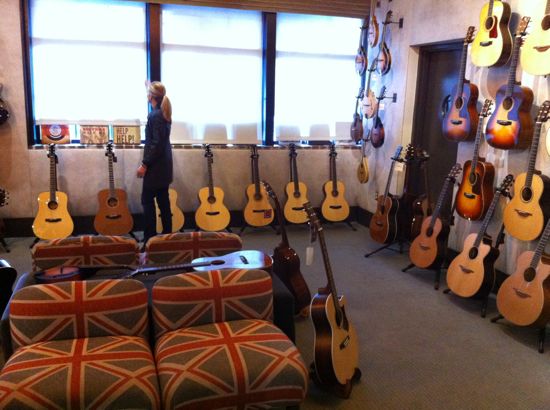






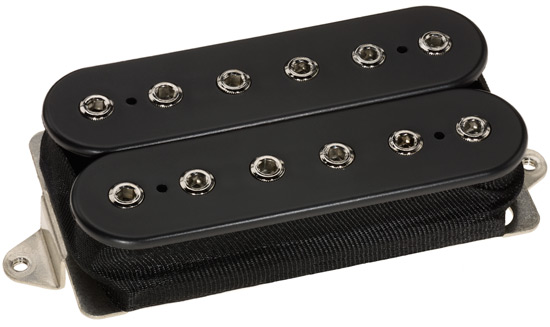

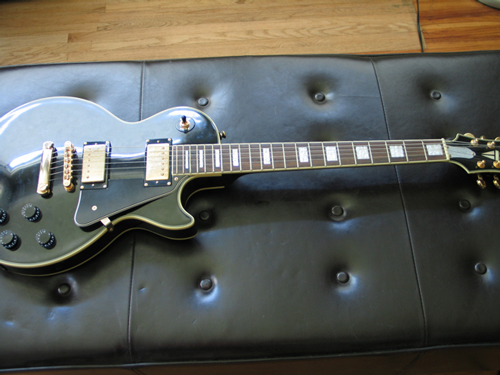
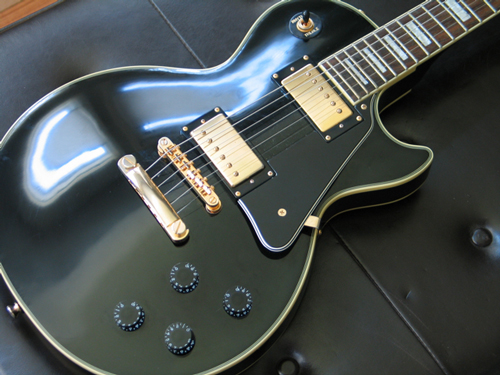
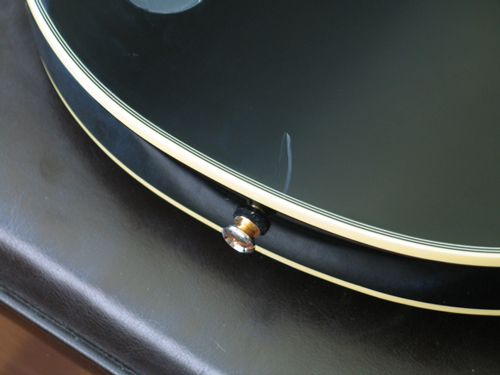
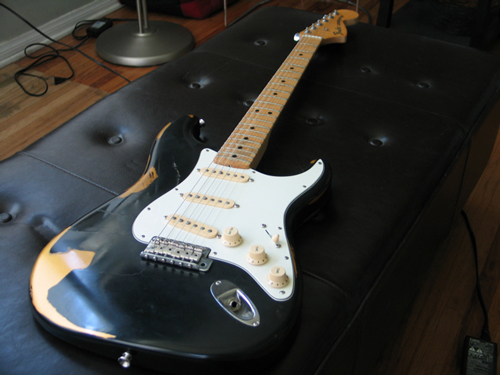
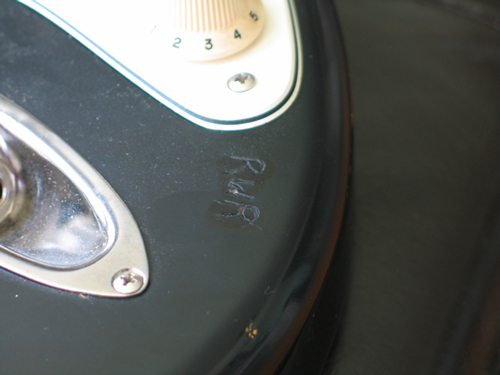
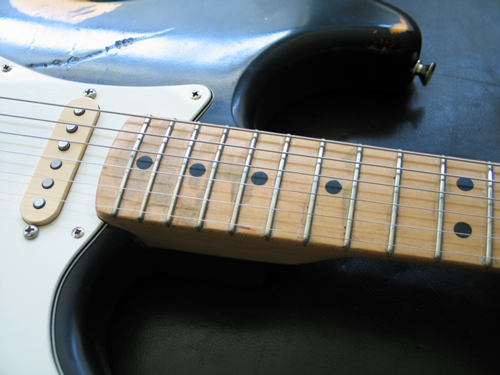
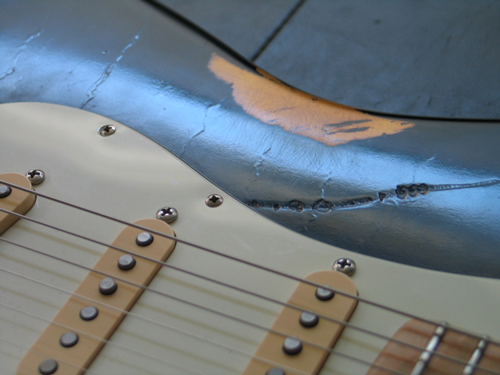
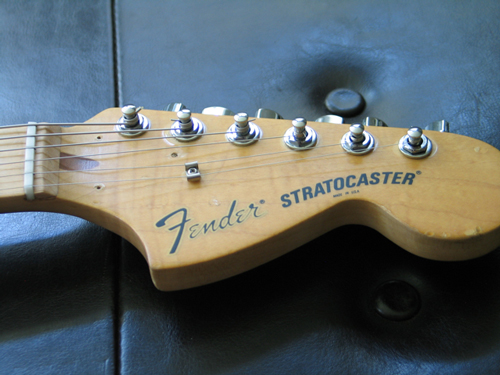
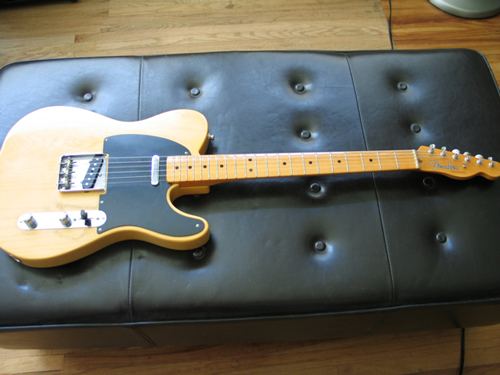
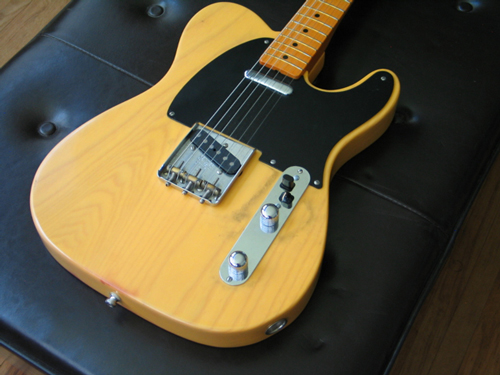
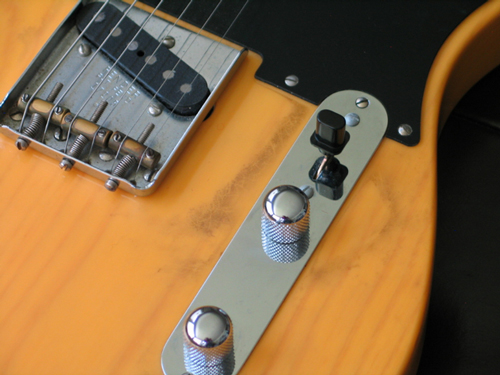
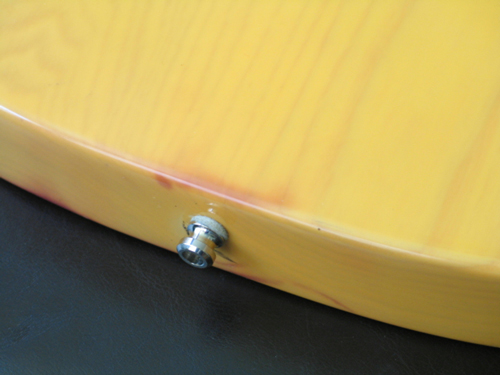
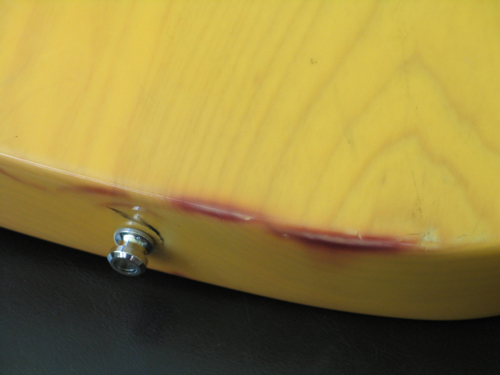
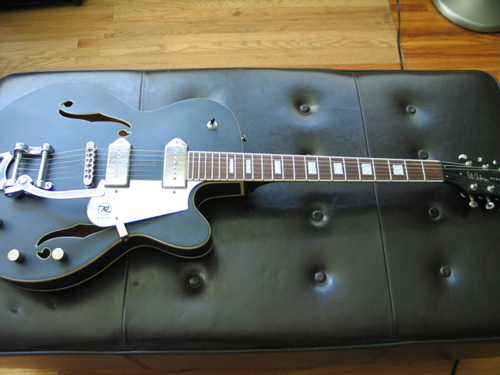
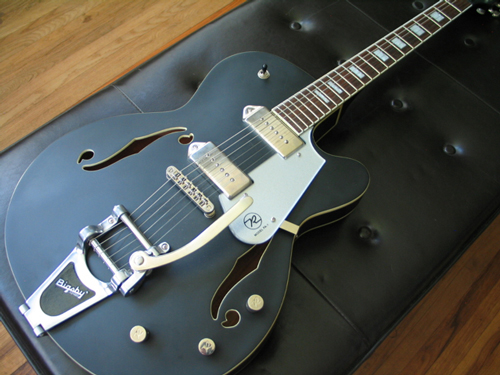
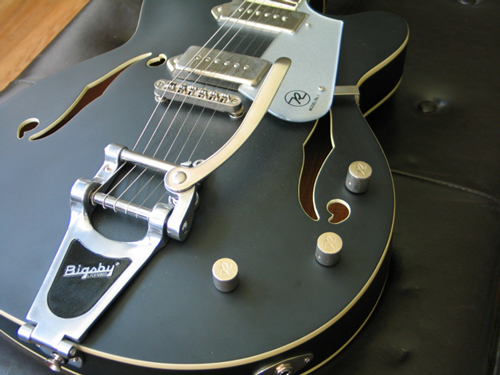
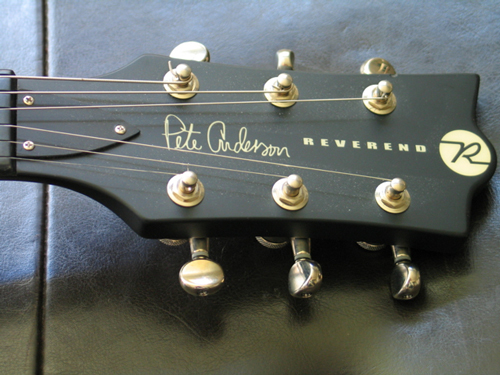
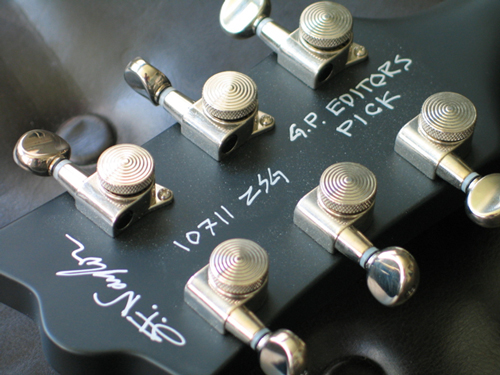
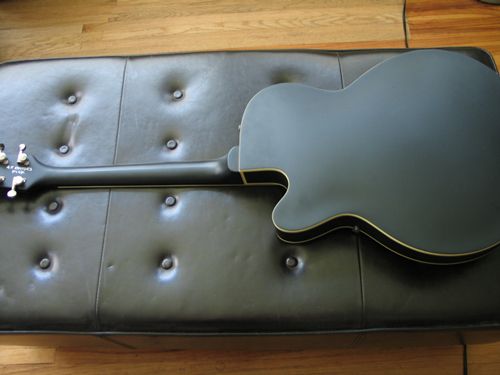
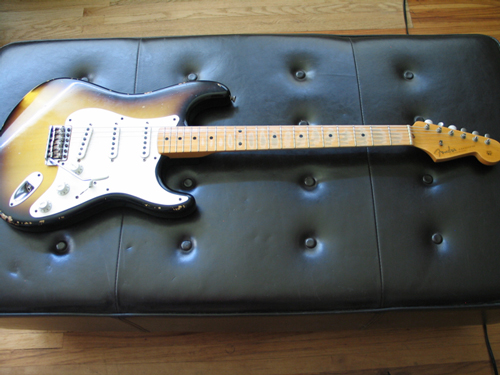
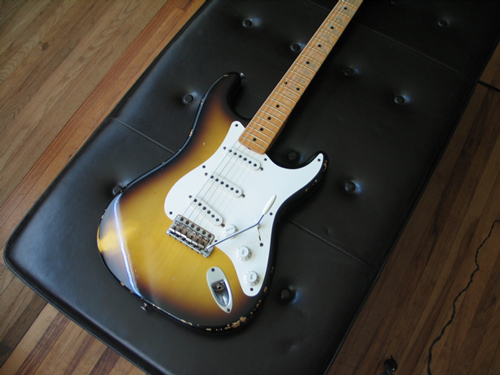
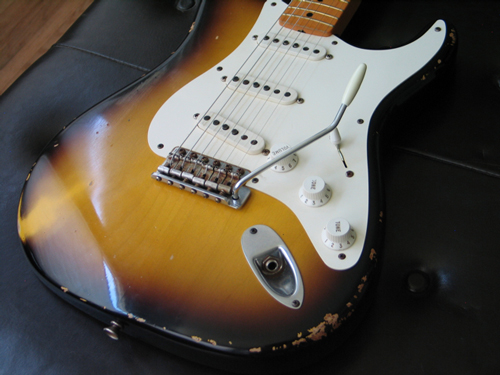
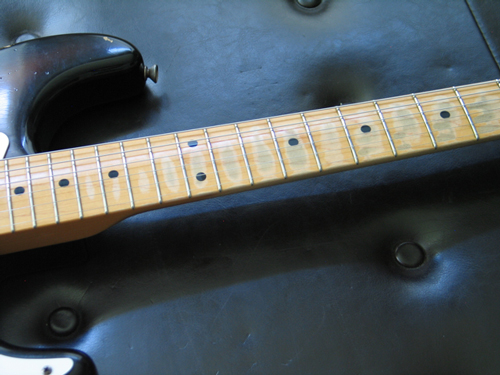
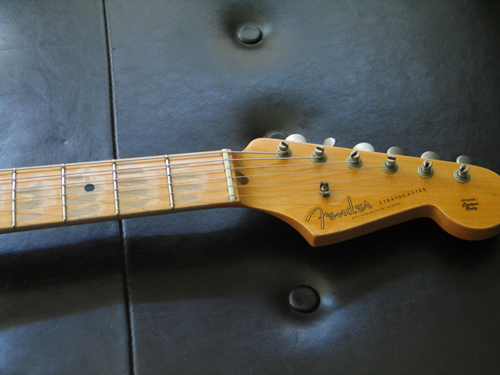
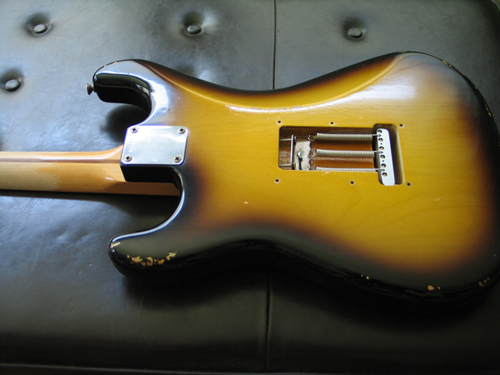
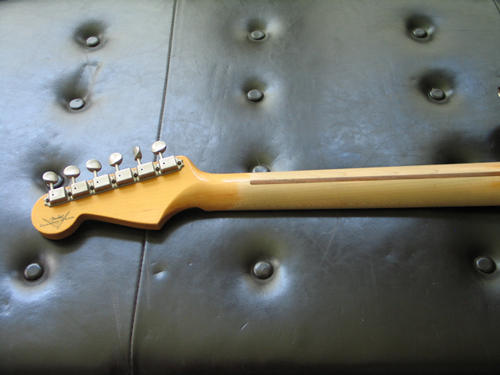
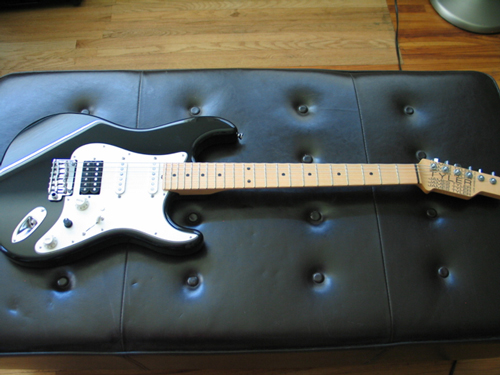
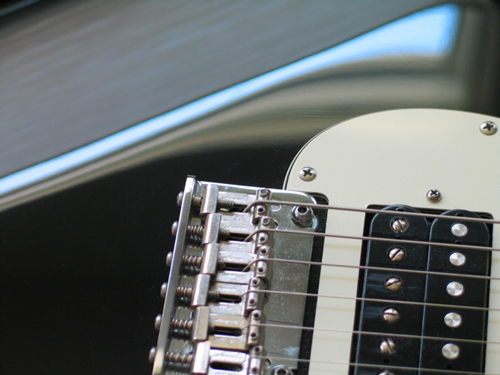
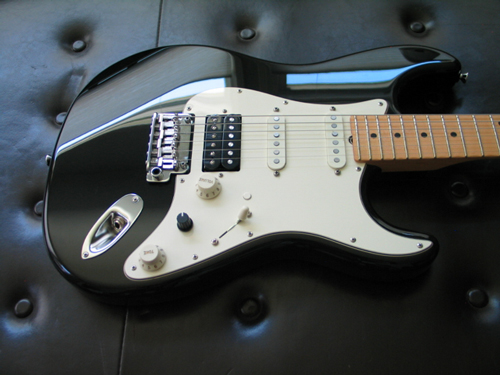
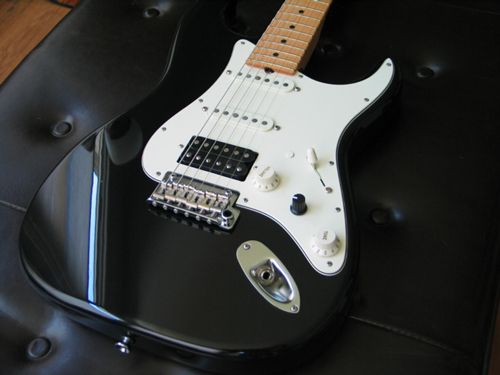

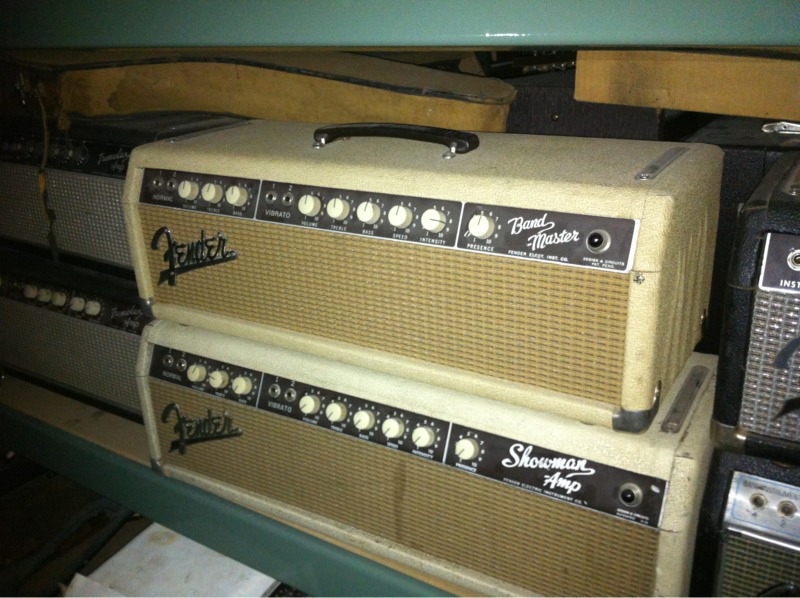


Follow Me